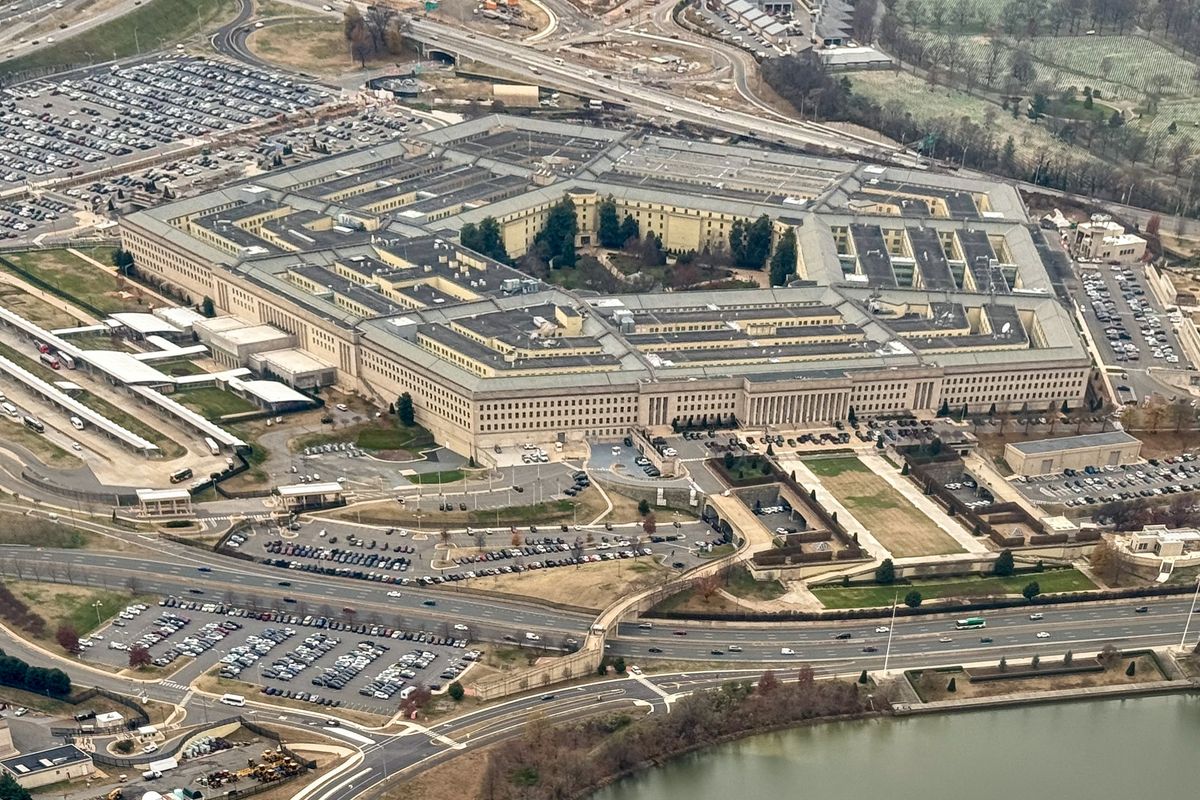Beijing’s National Development and Reform Commission (NDRC) and the State Oceanic Administration (SOA) have released a comprehensive plan for maritime economic development and cooperation across the globe.
The policy paper, entitled the Vision for Maritime Cooperation under the Belt and Road Initiative, outlines the importance of harnessing the economic potential of the ocean, while also protecting the largest ecosystem on earth.
Faced with the prospect of a waning economy, President Xi – in 2013 – orchestrated the Belt and Road Initiative, a two-pronged program to foster terrestrial and maritime trade and investment. Through this initiative, Beijing has advanced toward two deeply interconnected goals: to tap into the global market in order to keep its economic engine running, and to solidify its place in the international arena as a responsible global leader. China has attempted to strengthen the connectivity of regional infrastructure and foster global trade routes through railroad projects and port building, all while enhancing cultural exchanges and partnerships with other countries.
This audacious program, which will cost roughly $150 billion a year, has attracted attention around the world. In fact, Beijing has collected partners from 68 countries across Asia, the Middle East, and Europe – a sign of its economic power and the political might. Moreover, the Belt and Road Initiative is President Xi’s signature program – he even dubbed it “the project of the century.” The expansive projects, the network of countries involved in the BRI, and Beijing’s rhetoric, suggest a coordinated campaign to fuel China’s economic engines, while asserting its influence to gain political capital across continents.
The Vision for Maritime Cooperation, a key component in President Xi’s Belt and Road Initiative, touches on nearly every issue related to the ocean, from maritime research to environmental conservation. Taken alone, it aims to position China as an environmentally-conscious leader on ocean issues.
However, China’s actual practices are in direct contradiction to these statements. For example, since the 1980s, Beijing has implemented seasonal moratoriums in its national fisheries, which have been largely depleted as a result of overfishing. While Beijing implemented these moratoriums, an action consistent with the responsible and forward-thinking policies outlined in the Vision for Maritime Cooperation, it has encouraged, even subsidized, a nearly 3,000-strong fleet of distant water fishing vessels. Once outside Chinese national boundaries, the vessels ply other nations’ waters with their increased capacity to capture more fish and deplete local fish stocks. In some developing nations, distant water fishing fleets are even known to take advantage of the lack of fisheries management and enforcement, which can further exacerbate these issues.
The implications of distant water fleet operations are numerous – as more fish are caught, local economic livelihoods are diminished and regional food insecurity has the potential to become a problem. China’s actions run counter to the environmental sustainability platforms outlined in the vision statement and provide evidence of a coordinated communication strategy and a pattern of inconsistency between Chinese rhetoric and actions.
This is not the first time Beijing’s policy papers have been critiqued. Experts and the media have called into question the Belt and Road Initiative and its related projects, labeling them as insincere, unclear in their objectives, and environmentally degrading. When the NDRC and SOA released the vision last month, they reinforced and solidified Beijing’s commitment to the oft-questioned BRI, while also attempting to show the world in words, rather than actions, that China can be a responsible, environmentally-conscious global leader.
It’s for this reason that the international community must take notice of China’s indications to develop its blue economy, and the intentions behind that political push, as well as the impacts. A true blue economy balances the development of marine resources with tenets of environmental sustainability, both at home and abroad. This vision statement aims to position China as the forward-thinking leader on environmental topics, while serving as a route to economic prosperity and stability, even if there is detrimental impact on local populations and ecosystems. The glossy rhetoric of sustainable and equitable development is not only insincere but a ploy to achieve more favorable Chinese access to markets across the globe.
Observers of the superpower have described Chinese development and investment projects across Asia and Africa as “win-win-wins.” Meaning, China benefits disproportionately from projects – with one win for another country and two wins for the Chinese. If this trend follows to the maritime arena, the ocean and fishermen stand to suffer from a range of issues, from economic and food insecurity to poor ocean health. As a result, the environmental and development communities alike must work to hold China accountable for its vision for the world’s oceans.
The Cipher Brief, in conjunction with the Stimson Center, is publishing a Natural Security Series featuring articles on the convergence between environmental and national security issues. Be sure to check in next month for the next part of the Natural Security Series.













